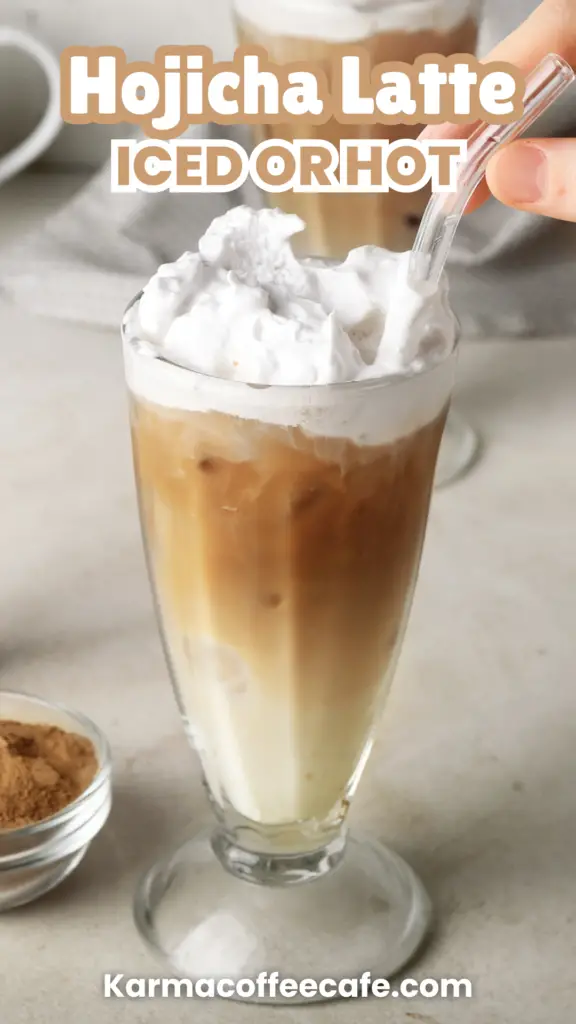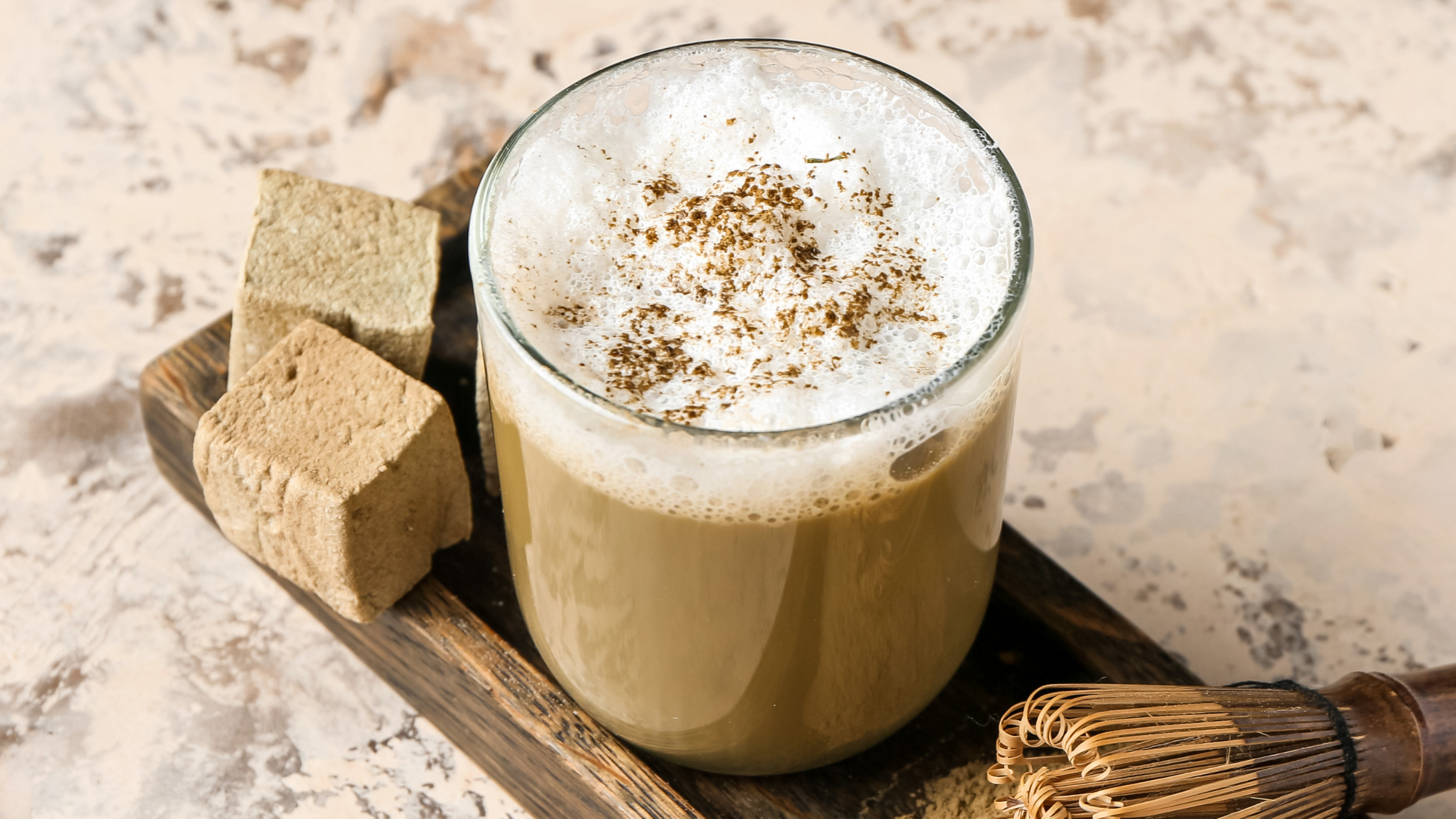Hojicha is a roasted Japanese green tea with a unique toasty flavor that sets it apart from other teas.
Originating in Kyoto, its warm, earthy taste comes from roasting green tea leaves, giving it a mellow sweetness and a deep, nutty aroma.
With very low caffeine, Hojicha makes the perfect alternative to coffee or matcha, especially if you’re looking for something you can enjoy later in the day.
Whether served hot or iced, Hojicha lattes have gained popularity for their creamy, rich texture and balanced flavor that appeals to tea lovers everywhere.
Here’s how to easily make this delicious latte at home!
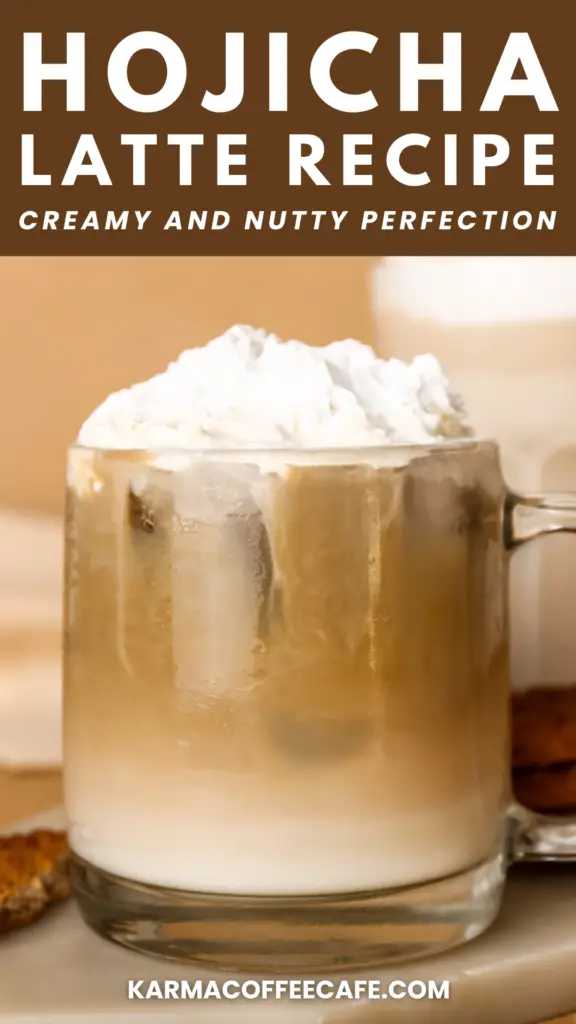
How To Make A Hojicha Latte: At A Glance
- Prepare the Hojicha Powder
- Froth the Milk
- Combine the Hojicha and Milk
- Serve and enjoy!
What is Hojicha?
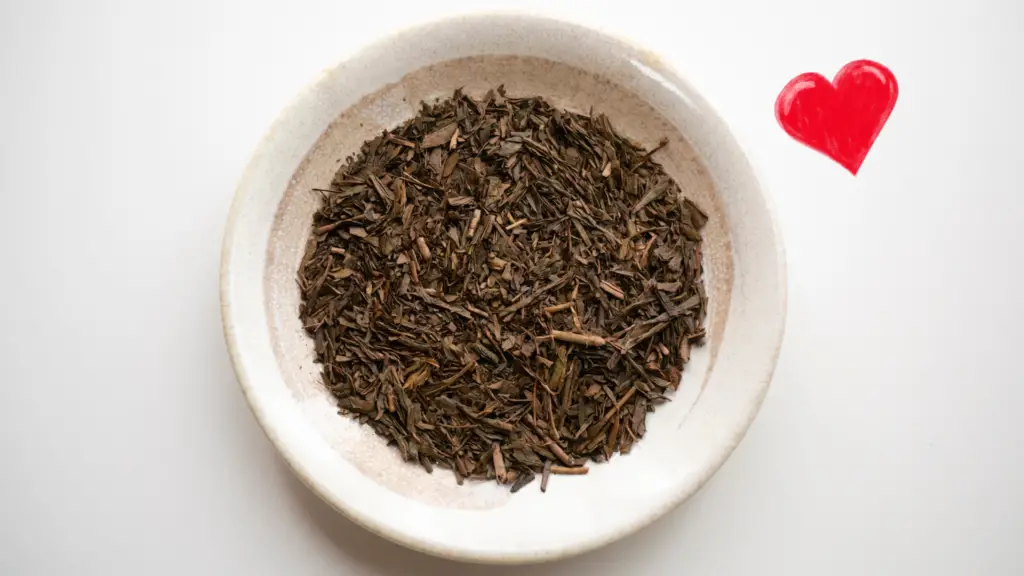
Hojicha is a Japanese green tea that undergoes a unique roasting process, setting it apart from other types of green tea.
The tea leaves are roasted over charcoal or in modern ovens, transforming the vibrant green color into a rich reddish-brown.
This roasting process reduces the caffeine content significantly and gives Hojicha its signature smoky, nutty flavor.
Unlike matcha, which is made from shade-grown green tea leaves that are finely ground, Hojicha uses leaves from the later harvest, resulting in a deep, earthy taste with subtle caramel notes.
The health benefits of Hojicha are numerous; it’s rich in antioxidants and vitamins, while its low caffeine makes it a great option for anyone looking to enjoy a relaxing tea at any time of the day without the jitters.
Hojicha Latte Ingredients
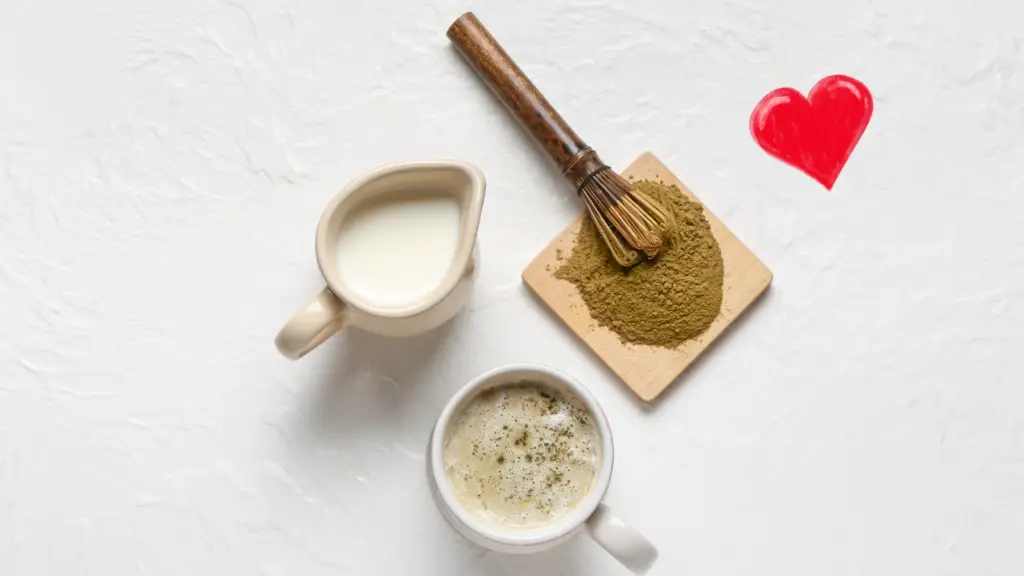
Here’s a breakdown of the essential ingredients and recommended quantities for making a perfect Hojicha latte:
- Hojicha Powder or Loose-leaf Hojicha: Use 1 to 1.5 teaspoons of Hojicha powder for a standard latte. If using loose-leaf Hojicha, it should be finely ground before mixing.
- Milk Options:
- 180 ml (¾ cup) of milk is recommended. You can use:
- Oat milk (highly recommended for its creaminess and balance with Hojicha’s roasted flavor).
- Dairy milk (for a more traditional texture).
- Soy or almond milk (for plant-based alternatives, though they may affect frothing consistency).
- Sweeteners (Optional):
- 1 teaspoon of sweetener can be added depending on your preference. Popular options include:
- Maple syrup (adds a rich sweetness that complements Hojicha).
- Honey (for a more subtle sweetness).
- Brown sugar (deepens the roasted flavor with a caramel-like touch).
Hot Hojicha Latte Recipe
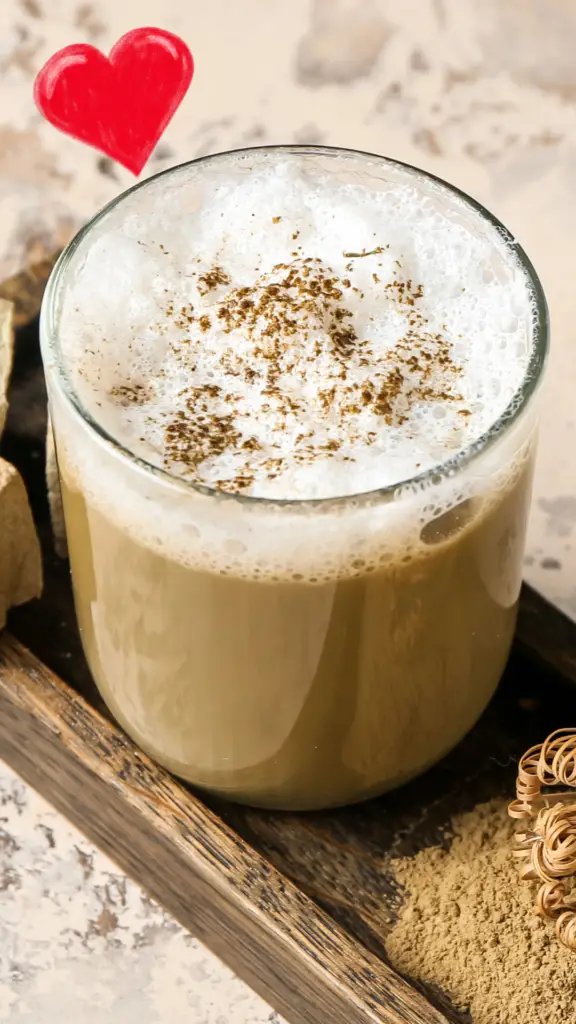
Follow these simple steps to make a rich, creamy hot Hojicha latte at home:
Step 1: Prepare the Hojicha Powder
- In a small bowl, sift 1 to 1.5 teaspoons of Hojicha powder to break up any clumps.
- Heat 60 ml (2 tablespoons) of water to 80°C (175°F). Avoid boiling, as it can make the Hojicha taste bitter.
- Add the hot water to the Hojicha powder and whisk briskly in a “W” motion using a bamboo whisk (or a milk frother or spoon if you don’t have one) until the mixture is smooth and slightly frothy.
Step 2: Froth the Milk
- Heat 180 ml (¾ cup) of milk (dairy or oat milk) in a pan on the stove or in the microwave until it’s warm but not boiling (about 65°C/150°F).
- Froth the milk using a handheld frother or by shaking it in a jar until foamy. If you have a milk steamer, you can steam and froth the milk at the same time.
Step 3: Combine the Hojicha and Milk
- Pour the frothed milk into the whisked Hojicha mixture. Gently stir to combine the flavors.
- Optionally, sweeten with 1 teaspoon of maple syrup, honey, or brown sugar, according to your preference.
- Serve immediately and enjoy your hot Hojicha latte!
Iced Hojicha Latte Recipe
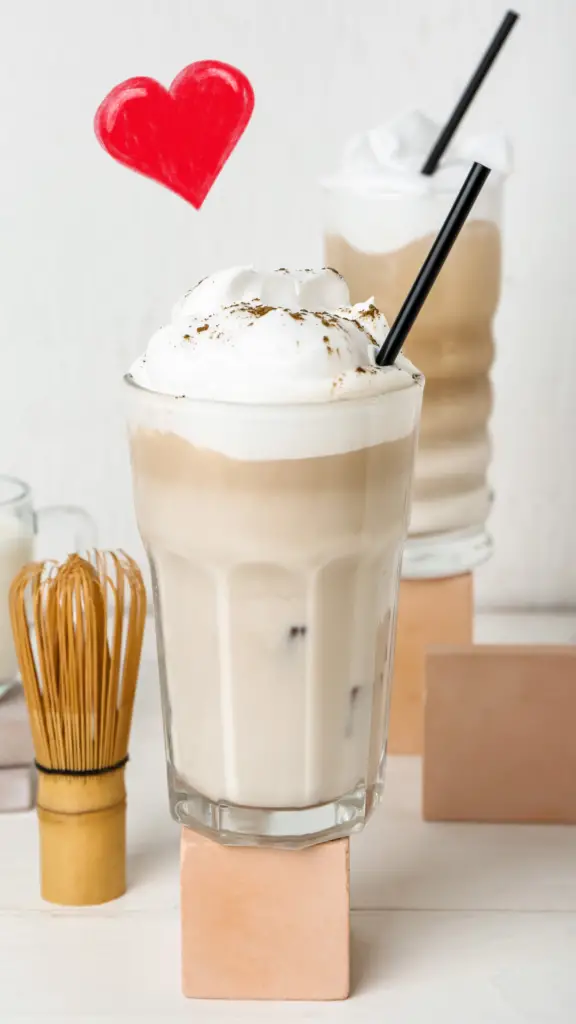
Making an iced Hojicha latte is just as simple as the hot version, with a few adjustments for cold ingredients:
Step 1: Prepare the Hojicha Mixture
- Sift 1 to 1.5 teaspoons of Hojicha powder into a small bowl to break up any clumps.
- Add 60 ml (2 tablespoons) of hot water heated to 80°C (175°F).
- Whisk briskly using a bamboo whisk, milk frother, or spoon until smooth and frothy.
Step 2: Mix in Sweetener (Optional)
- If you’re using a sweetener like maple syrup, honey, or brown sugar, stir it into the warm Hojicha mixture.
- This ensures it dissolves properly before adding cold ingredients.
Step 3: Prepare the Glass
- Fill a tall glass with ice cubes (about 1 cup) to keep the drink chilled.
- Pour 180 ml (¾ cup) of cold milk (oat milk is recommended) over the ice.
Step 4: Combine and Serve
- Slowly pour the Hojicha mixture over the cold milk and ice.
- Stir gently to mix the flavors.
- Optionally, top with cold foam by frothing a small amount of cold milk using a handheld frother for extra texture.
Customizing Your Hojicha Latte
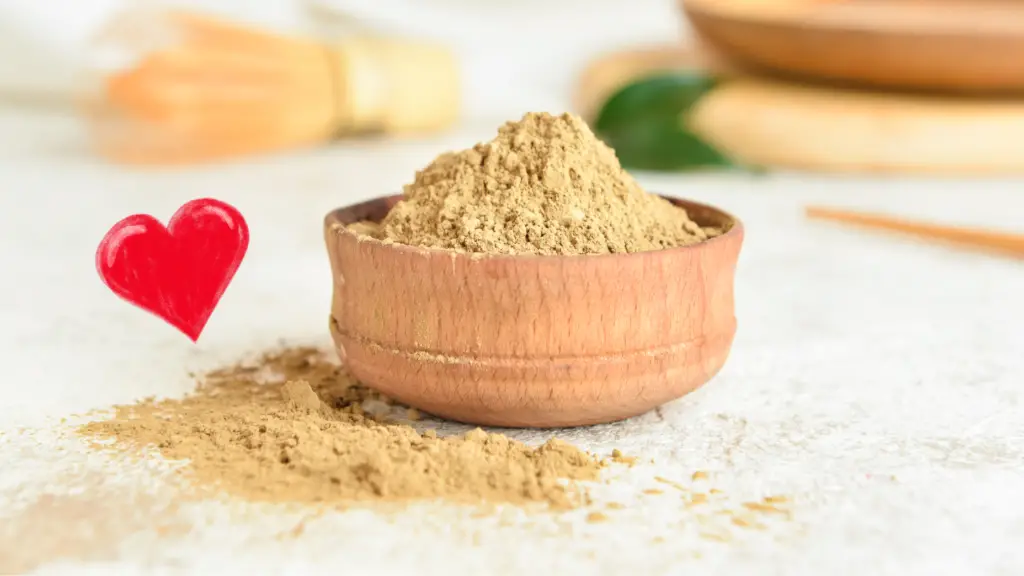
Increase the Strength
For a bolder, more robust flavor, simply increase the amount of Hojicha powder you use.
A typical recipe calls for 1 to 1.5 teaspoons, but if you want a stronger taste, try using up to 2 teaspoons.
This will give the latte a deeper roasted flavor and more pronounced nutty notes without overpowering the milk.
Adjust the Sweetness
Sweeteners are completely optional in a Hojicha latte, but if you prefer a bit of sweetness, you can adjust the amount and type based on your taste.
Start with 1 teaspoon of sweetener such as maple syrup, honey, or brown sugar.
If you prefer a less sweet drink, reduce the amount, or for a dessert-like treat, increase it to 1.5 to 2 teaspoons.
Each sweetener adds a different nuance, so experiment to see which complements the roasted tea flavor best.
Add Spices for a Unique Twist
For a fun twist, try adding spices like cinnamon or nutmeg to your latte.
Just a pinch of either can elevate the drink with warm, aromatic flavors.
Cinnamon adds a sweet and slightly spicy undertone, while nutmeg brings a richer, earthy warmth.
You can sprinkle the spices on top of the frothed milk or mix them into the Hojicha powder before whisking.
Tips for the Perfect Hojicha Latte
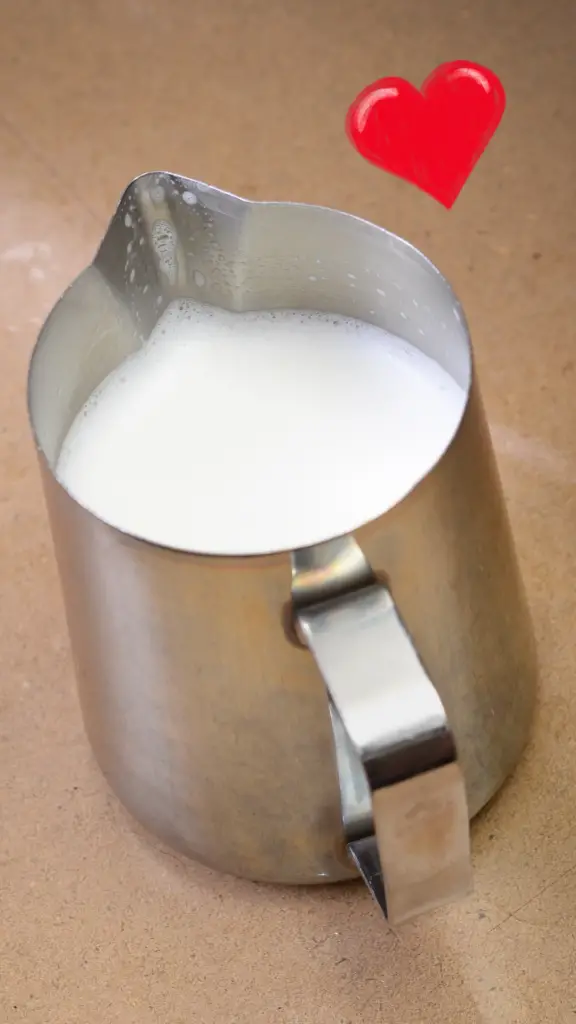
Frothing Milk for the Right Consistency
To achieve a rich and creamy latte, properly frothing the milk is crucial.
Use a handheld milk frother, steam wand, or even shake warm milk in a jar to create a foamy texture.
For the best results, heat the milk to about 65°C (150°F)—just before it reaches a boil.
This temperature gives the milk a silky consistency without scalding, ensuring it blends smoothly with the Hojicha.
If you’re using plant-based milk, oat milk tends to froth the best, delivering a creamy texture similar to dairy.
Choose High-Quality Hojicha Powder
The flavor of your latte depends significantly on the quality of the Hojicha powder.
Using high-grade, finely ground powder ensures a smooth drink without any bitterness or grainy texture.
Look for Hojicha sourced from Japan, as it’s known for its rich, roasted aroma and balanced flavor.
Cheaper powders or improperly processed Hojicha can result in a weak or uneven taste.
Use the Right Water Temperature
The water you use to mix the Hojicha powder should be heated to 80°C (175°F).
This temperature is ideal because it brings out the tea’s nutty and caramel-like flavors without causing bitterness.
Avoid boiling water, as it can scorch the tea and create an unpleasant aftertaste.
Whether you’re making a hot or iced latte, always mix the Hojicha with warm water first to fully dissolve the powder before adding milk.
Variations of Hojicha Latte
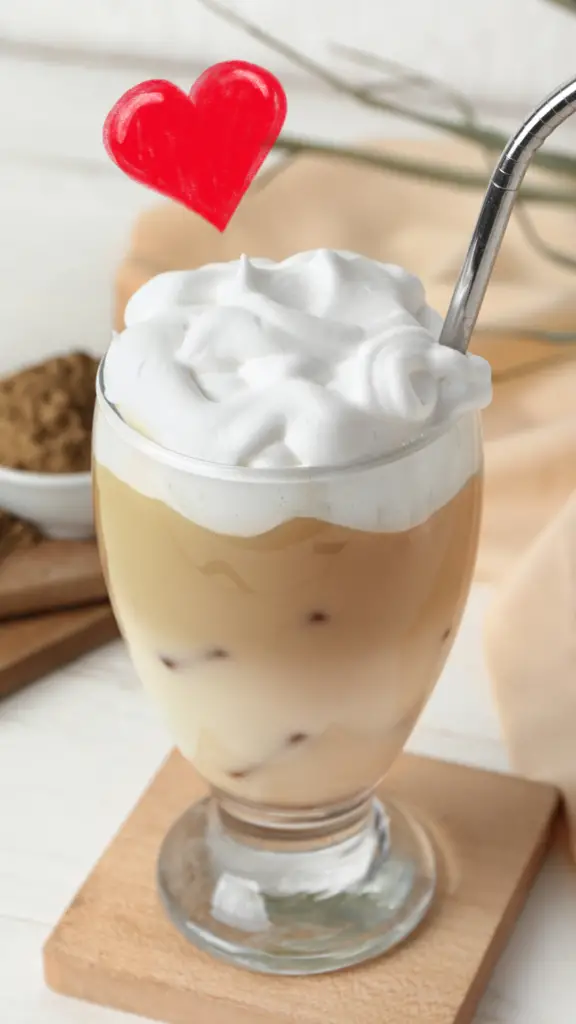
Hojicha Latte with Plant-Based Milk
Using plant-based milk is a great way to make your Hojicha latte vegan or lactose-free.
Oat milk is the most popular choice because it has a thick, creamy texture that complements the nutty flavor of Hojicha.
Almond milk, on the other hand, provides a slightly lighter body with a subtle nuttiness that pairs well with the roasted tea.
Soy milk is another good option, offering a smooth texture and mild taste, although it may not froth as easily as oat milk.
Each plant-based milk adds a unique flavor and texture, so it’s worth experimenting to find your favorite combination.
Layered Hojicha Latte
If you want to elevate the visual appeal of your drink, try making a layered Hojicha latte.
To create this effect, start by preparing the sweetened milk base first and pour it into the bottom of your glass.
Then, carefully pour the Hojicha mixture on top, using the back of a spoon to slow down the flow.
The denser milk will stay at the bottom, while the Hojicha floats on top, giving your latte a beautiful layered look.
This technique adds an artistic touch and makes the drink as visually pleasing as it is delicious.
Dirty Hojicha Latte
For those who love a little caffeine kick, the Dirty Hojicha latte is the perfect variation.
This version involves adding a shot or two of espresso to the Hojicha latte.
The bold espresso flavor blends with the smooth, roasted taste of Hojicha, creating a unique drink that combines the best of both worlds.
The intensity of the espresso gives the latte a deeper, more complex flavor, making it ideal for coffee lovers who want to try something new.
Conclusion
Making a Hojicha latte at home is easy, versatile, and can be tailored to your taste.
Whether you prefer it hot or iced, with dairy or plant-based milk, the process is pretty simple and allows for plenty of customization.
You can experiment with different sweeteners, try layered versions for a visual treat, or even add espresso for an extra kick.
With just a few ingredients and simple steps, you can enjoy this comforting, creamy drink anytime.
Don’t be afraid to get creative and make it your own!
FAQ’s
Is Hojicha Caffeinated?
Hojicha contains very low levels of caffeine compared to other teas, like matcha or traditional green tea.
This is due to the roasting process, which reduces the caffeine content significantly.
What’s the Difference Between Hojicha Powder and Loose-Leaf Hojicha?
The main difference between Hojicha powder and loose-leaf Hojicha is convenience.
Hojicha powder dissolves easily in hot water, making it the best choice for lattes.
Loose-leaf Hojicha, on the other hand, requires steeping and straining, which adds an extra step.
While both forms deliver the signature roasted flavor, the powder is often slightly more expensive due to its processing.
However, the convenience of quickly making a smooth, lump-free latte may be worth the cost if you’re a frequent drinker.
Can I Make a Dirty Hojicha Latte?
Yes, you can easily turn your Hojicha latte into a Dirty Hojicha latte by adding a shot or two of espresso.
The espresso blends well with the roasted tea flavor, creating a bold and rich drink.
